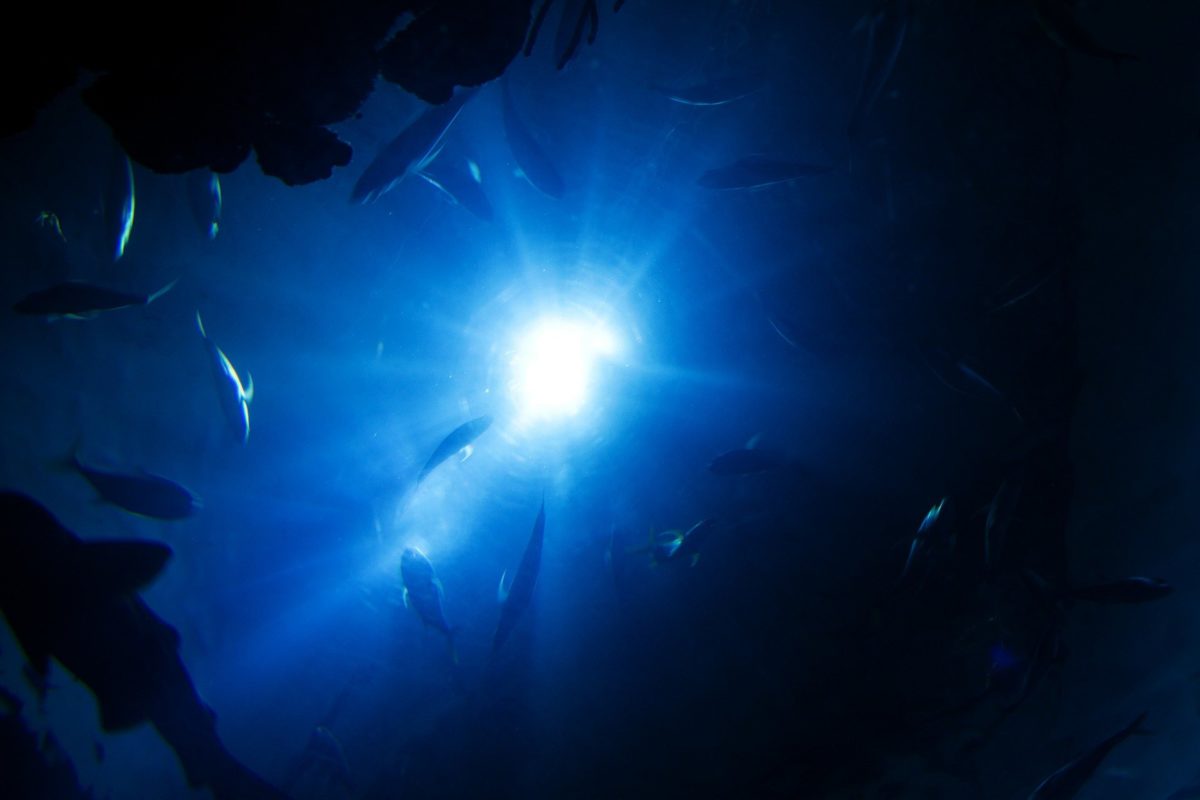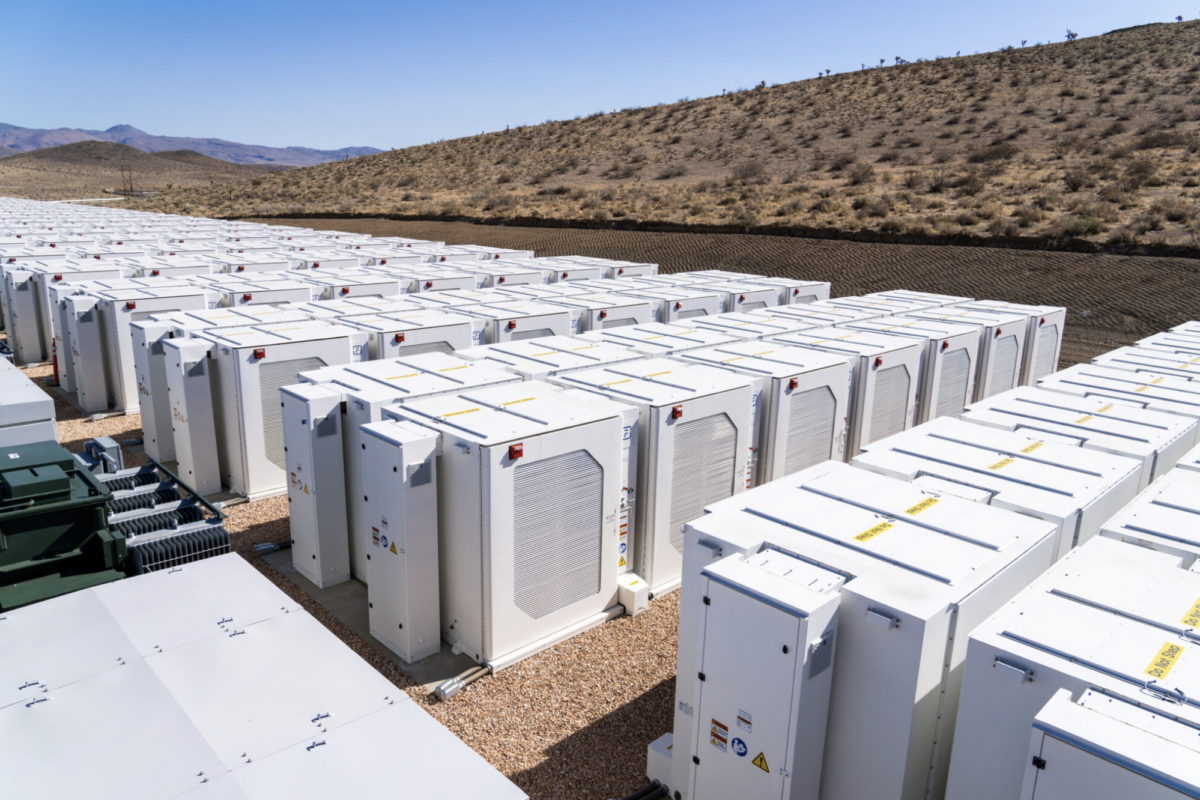An international research team has developed a novel concept of gravitational energy storage based on buoyancy, that can be used in locations with deep sea floors and applied to both the storage of offshore wind power and compressed hydrogen.
Called Buoyancy Energy Storage Technology (BEST), the proposed technology is defined as an alternative to pumped-hydro storage for coasts and islands without mountains that are close to deep waters. It consists of using stored renewable electricity to power a motor that lowers a compressed gas recipient and then generating electricity by releasing the compressed gas recipient to rise back to the surface through the water.
“The system is a low-cost, long-term solution for storing compressed green hydrogen produced with solar power or renewable electricity generated by large scale offshore wind facilities,” research co-author, Julian David Hunt, told pv magazine, noting that the use of BEST is interesting for offshore wind power plants, as these should operate in weekly energy circles and be able to store energy for four days and then generate electricity for another four days.
“Regarding the use of buoyancy energy storage for floating solar panels, even though there might be potential for this technology, as it is located close to the deep sea, it would be cheaper to store energy with batteries, as it only requires daily energy storage,” he further explained. “In other words, BEST systems are expensive for storing energy for 12 hours but are cheap to store energy for four days.”
Air or hydrogen
The proposed system uses air or hydrogen as compression gases to fill the recipient, which can be shaped as a series of balloons or tanks. The buoyancy force is exerted by the gas as it has a smaller density than the water. The recipient is connected to the motor and the anchor, located on the ocean’s depths, through a cable and pulleys. “The cable is stored in a cylinder attached to the motor/generator when the buoyancy recipient is lowered,” the scientists explained. “The pulleys also contribute to increasing the speed of the cables and lowering the forces applied to the motor/generator.”
The cost of the cable is pointed out as a possible limiting factor for the technology at this, initial stage, due to its long length and the robustness it has to show. The anchor, on the other hand, must also be built with extreme robustness, as it must sustain the high buoyancy forces created by the gas recipient. “The anchor would be made of steel and screwed to the bottom of the ocean with a system similar to an oil rig,” the group explained. “The weight of the ground where the forces are applied should be larger than the buoyancy force of the recipient.”
The system is able to increase or decrease the speed of the buoyancy recipient depending on the storage needs, and a velocity of 0.01m/s is considered ideal to minimize losses due to friction. The recipient must be built with holes to allow water to penetrate it when it is lowered and the pressure increases. When the recipient is raised, the pressure difference increases and water is pushed out. “Given the rapid reduction in volume of the compressed gas in the first ten to 100m from the surface, the installation of the system requires the support of a ship on the surface to lower the system to the minimum operation depth and then introduce the pressurized compressed gas to the system,” the research team further explained.
Depth
The system can operate at a maximum depth of around 10,000m and pressure of 1,000 bars and a minimum depth of around 3,000m and pressure of 300 bars. “If the designed minimum pressure of the system is smaller, the volume of the gas will reduce substantially, reducing the energy storage potential of the system,” the academics emphasized. “If the designed minimum pressure increases, the altitude variation in which the system can operate reduces, reducing the energy storage potential.”
When combined with offshore wind, the proposed system can store electricity at an investment cost of between €50 and €100/kWh while, when utilized for compressing hydrogen, it is said to improve compression efficiency to up to 90%, according to the research group. To achieve a lower cost, the system can also be combined with battery storage, especially if the capital costs of the latter will further drop in the future. “Thus, the combination of both systems will offer an energy storage solution with low cost of stored energy ($/MWh) and low cost of power capacity ($/MW),” it further explained. “[The] BEST system operates slowly but [can] constantly charge and discharge in a weekly cycle while the battery will rapidly charge and discharge in a six to 24-hour cycle.”
The scientists recognized that this kind of storage has so far been studied on a theoretical level and that only small, lab-scale experiments were conducted. Japan, the Philippines, Indonesia, Australia, the USA, Mexico, Chile, Peru, Ecuador, Colombia, Cuba, Jamaica, Guatemala, Honduras, Brazil, Portugal, Oman, South Africa, Madagascar and Somalia, Ivory Coast and Ghana were pointed out as the most suitable locations for this storage technology.
It was presented in the paper Buoyancy Energy Storage Technology: An energy storage solution for islands, coastal regions, offshore wind power and hydrogen compression, published in the Journal of Energy Storage. The research team included scientists from Brazil’s Federal University of Rio Grande do Sul; the International Institute for Applied Systems Analysis (IIASA), in Austria; and the Hamburg University of Applied Sciences, in Germany.
This content is protected by copyright and may not be reused. If you want to cooperate with us and would like to reuse some of our content, please contact: editors@pv-magazine.com.




Very clever idea to use deep water as infrastructure to store energy. I can think of mechanically simpler ways to do it. There is a company working on storing compressed air in caverns, under a column of water. Thermodynamically very similar. Using the ocean, you avoid having to drill 1000 feet into the ground and dig out caverns. All you need is a bladder anchored to the bottom.
This is my idea I explained before.
A similar option that could be applied is to fill up similar pipes with H2 in the bottom of the of the ocean at 600 bar for seasonal H2 storage. Alternatively, these light and cheap HDPE pipes can be transported to other continents attaching a submarine like structure to the pipes. Note that some material, like sand should be added to the submarine to reduce the buoyancy of the pipe-submarines. These pipe-submarines can be an alternative for a global network for transporting H2.